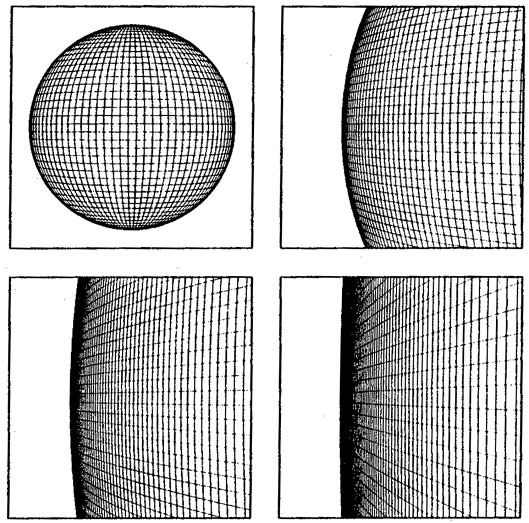Quote from: Tarbaby on July 18, 2014, 12:20:41 PM
Yes, dPS, but as your fuel supply approached infinite mass at least you would have an infinite supply of fuel.
I'm trying to remember if the speed of light constant limits the universes rate of expansion. No matter how good our new giant telescope is we would never see the front wave of the big bang because the universe is expanding as fast or faster than the speed of light so the light rays would never get here. Unless we could cheat by folding space. Which reminds me, I meant to ask Steller about that. He or she has a thread about it. But I could see AO telling me know the speed of light limitation does not relate to the rate of universe expansion because it is inside the bubble and does not pertain to physics outside the bubble. Or he may say it does.
There is no constraint on the rate at which space can expand. As long as nothing within that space moves faster than the speed of light locally you're okay. Galaxies can become separated in a way that signals can't be passed between them because of the expansion of the Universe.
In regards to spaceships traveling in opposite directions think of it like this: if the spaceships go for a long enough time (billions of years) then the distance between them is going to be large enough to start being affected by the large scale expansion of the Universe. Then their signals will get redshifted out of the observable range and any further communication between them will be impossible.
Quote from: Tarbaby on July 18, 2014, 12:20:41 PMlol
It's like the Schrodinger's cat enigma. I can't predict what AO is going to say.


 The answer is surprising and it makes a great example of what relativity changes for our understanding compared to out intuitive, Newtonian Universe.
The answer is surprising and it makes a great example of what relativity changes for our understanding compared to out intuitive, Newtonian Universe. 


